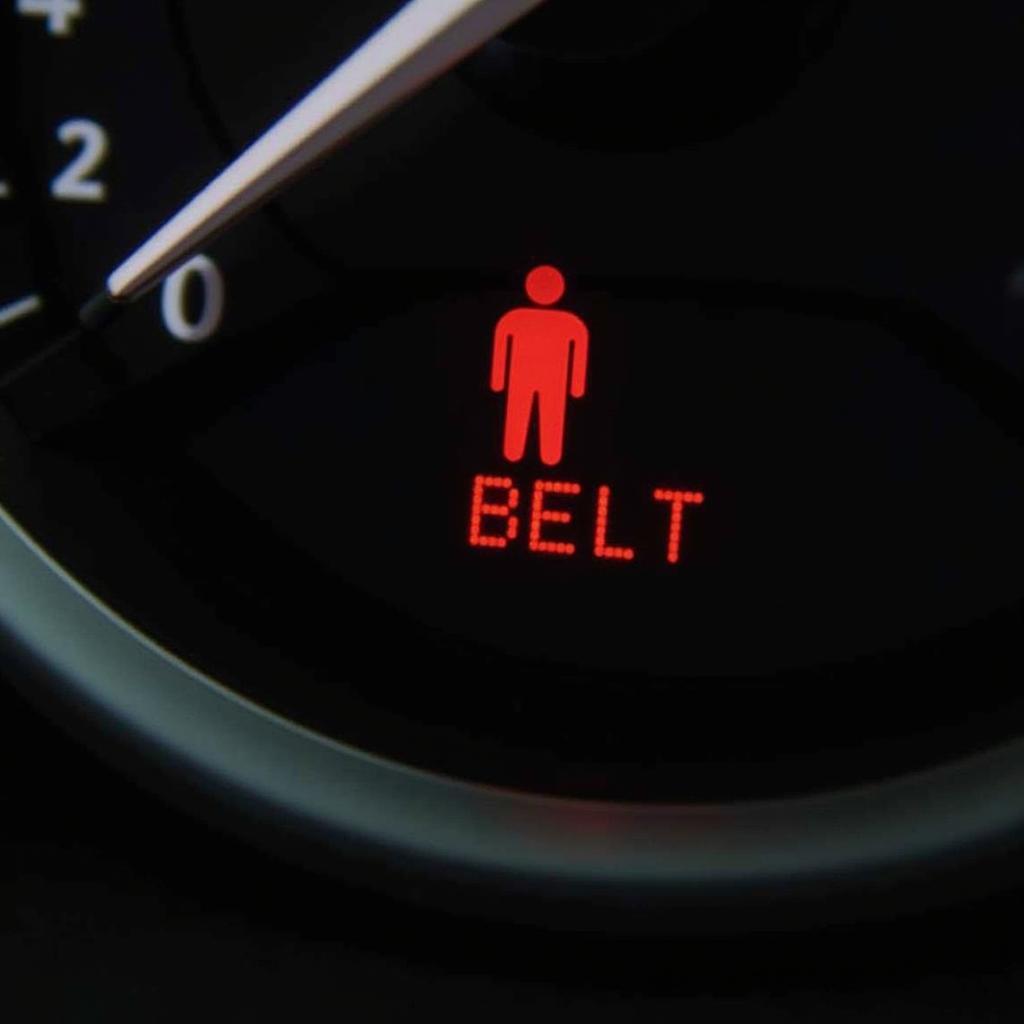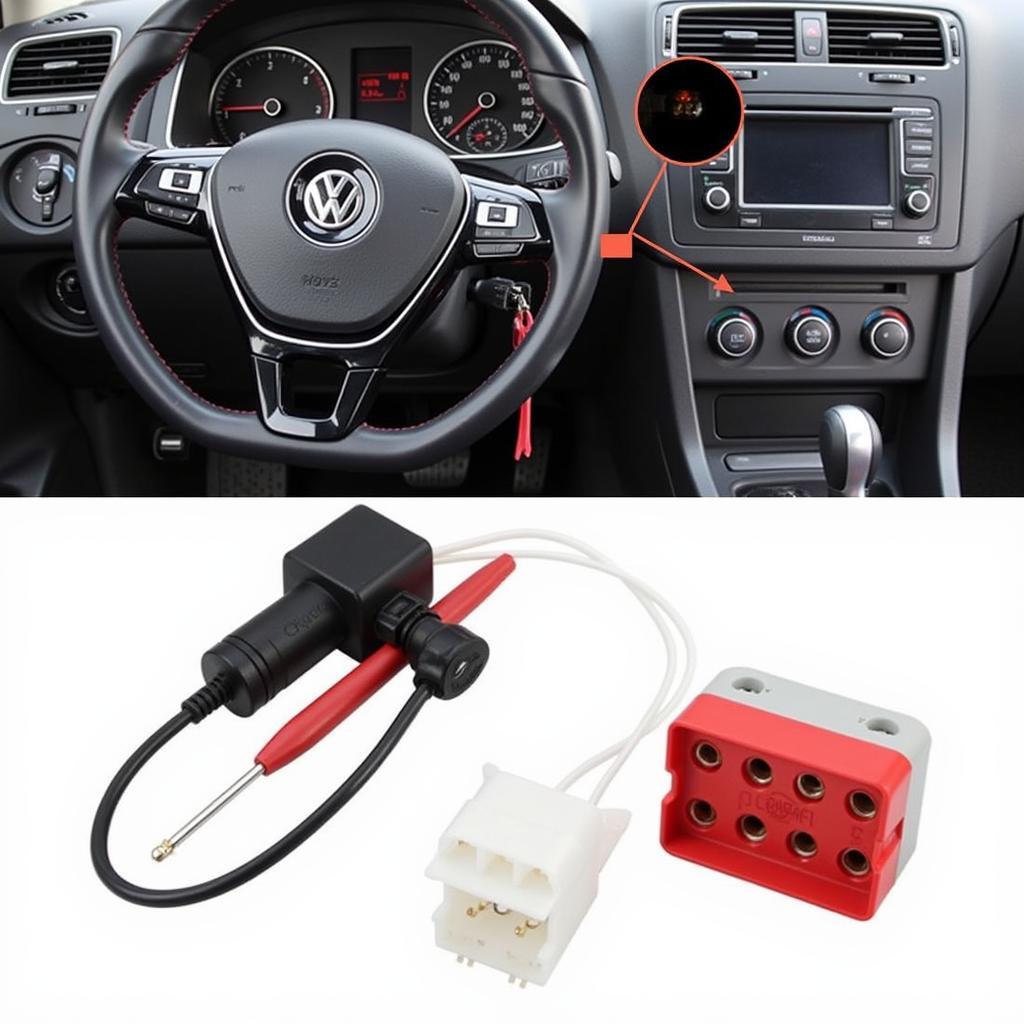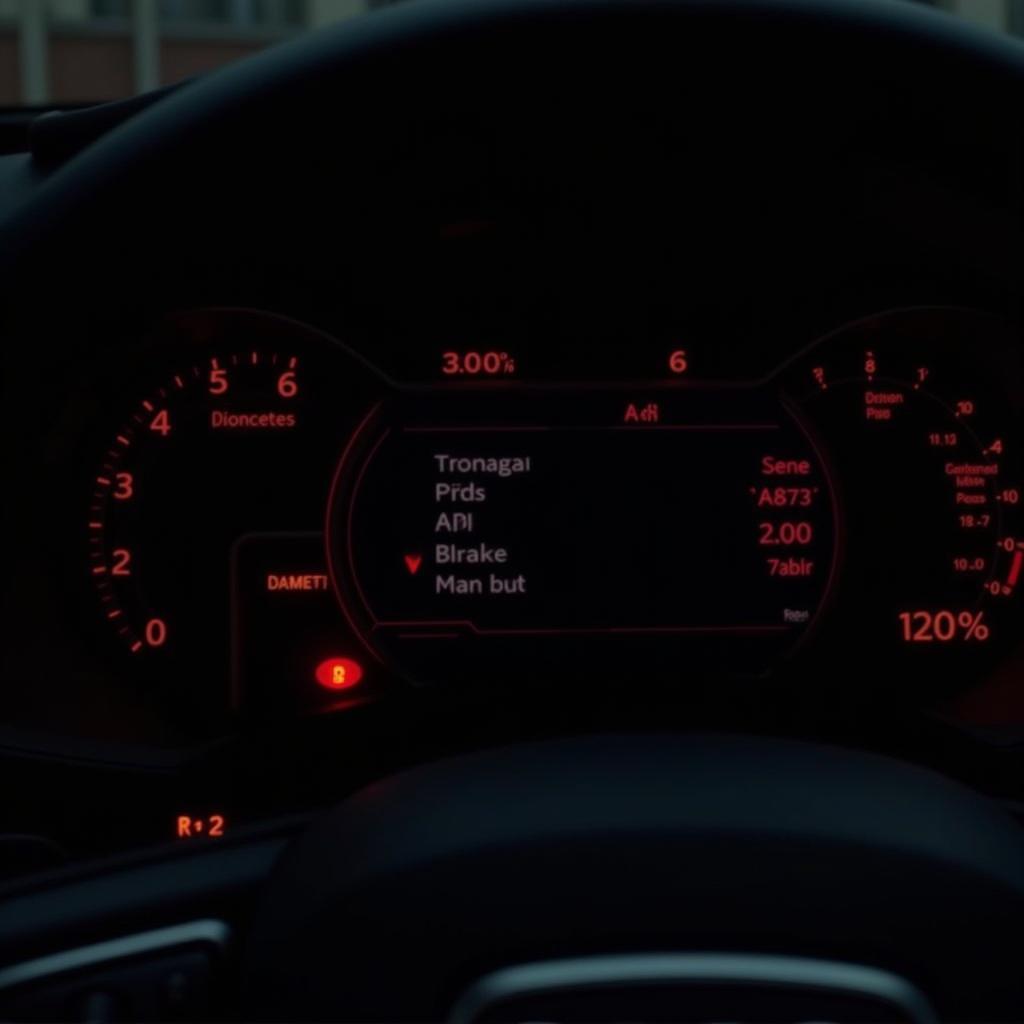The 2017 Nissan Rogue is known for its reliability and safety features, but like any vehicle, it can occasionally experience issues. One common problem reported by owners is the persistent illumination of the seat belt warning light, even when all passengers are buckled up. This article aims to guide you through the potential causes of this issue and provide practical solutions to help you get back on the road safely.
Understanding Your Nissan Rogue Seat Belt Warning System
The seat belt warning system in your 2017 Nissan Rogue is designed to enhance safety by reminding occupants to buckle up. It consists of several components, including:
- Seat Belt Sensors: Located in the seat belt buckles, these sensors detect when a buckle is fastened.
- Warning Light: Situated on the instrument panel, this light illuminates to alert the driver about unbuckled seat belts.
- Audible Chime: A sound alert that often accompanies the warning light, further emphasizing the need to buckle up.
When functioning correctly, the system should only activate when a seat belt is unfastened. However, various factors can trigger a malfunction, leading to a persistent warning signal.
 2017 Nissan Rogue Seat Belt Warning Light on Dashboard
2017 Nissan Rogue Seat Belt Warning Light on Dashboard
Common Causes of a 2017 Nissan Rogue Seat Belt Warning Light Malfunction
1. Faulty Seat Belt Buckle/Sensor
The most frequent culprit behind a persistent seat belt warning is a malfunctioning seat belt buckle or its integrated sensor. Over time, these components can wear out, get damaged, or accumulate dirt and debris, interfering with their operation.
Solution: Begin by inspecting all seat belt buckles for visible damage or obstructions. If you find any, cleaning the buckle or replacing it might resolve the issue.
2. Wiring Problems
The wiring harness connecting the seat belt sensors to the vehicle’s electrical system can sometimes become damaged or corroded. This can disrupt the signal transmission between the sensors and the warning system, leading to a false warning.
Solution: A visual inspection of the wiring harness beneath the seats might reveal any obvious damage. If you suspect wiring issues, it’s best to consult a qualified mechanic for diagnosis and repair.
3. Software Glitch
Like any modern car, the 2017 Nissan Rogue relies on software to control various systems, including the seat belt warning system. A software glitch or outdated firmware can sometimes cause erratic behavior, such as a false seat belt warning.
Solution: In such cases, a software update or reset might be necessary. This typically requires specialized diagnostic equipment, so contacting a Nissan dealership or a trusted mechanic is recommended.
4. Occupant Classification System (OCS) Malfunction
Some 2017 Nissan Rogue models are equipped with an Occupant Classification System (OCS). This system uses sensors in the passenger seat to detect the presence of a passenger and adjust safety features accordingly. If the OCS malfunctions, it might incorrectly signal an unbuckled passenger, triggering the seat belt warning.
Solution: Diagnosing and repairing an OCS issue requires advanced technical expertise. Seeking assistance from a Nissan dealership or a specialized mechanic is strongly advised.
Troubleshooting Your 2017 Nissan Rogue Seat Belt Warning Light
Before rushing to a mechanic, you can try some basic troubleshooting steps:
- Check All Seat Belts: Ensure all seat belts are properly fastened and that no objects are obstructing the buckles.
- Inspect the Seat Belt Warning Light: If the light remains on continuously without flickering, it might indicate a faulty sensor or a wiring issue.
- Listen for the Audible Chime: A continuous chime usually suggests a more serious problem, potentially requiring professional attention.
- Try Resetting the System: In some cases, disconnecting the battery for a few minutes can reset the vehicle’s electrical system and potentially clear the warning. However, this should be approached with caution, as it might affect other vehicle settings.
When to Seek Professional Help
While simple troubleshooting can sometimes address the issue, it’s crucial to seek professional help if:
- The seat belt warning light persists after trying basic troubleshooting steps.
- You suspect a problem with the wiring harness or the OCS system.
- You’re uncomfortable or unfamiliar with vehicle electrical systems.
warning light nissan rogue seat belt issues can be frustrating and potentially impact your vehicle’s safety. By understanding the potential causes and following the troubleshooting tips outlined in this article, you can address the problem effectively and ensure the optimal performance of your 2017 Nissan Rogue’s safety features. Remember, a properly functioning seat belt warning system is crucial for the well-being of you and your passengers.
Frequently Asked Questions
Q: Can I drive my 2017 Nissan Rogue with the seat belt warning light on?
A: While technically possible, it’s strongly discouraged. The warning light indicates a potential issue with the seat belt system, compromising your safety in the event of an accident.
Q: How much does it cost to fix a seat belt warning light issue?
A: The repair cost varies depending on the underlying cause. A simple buckle replacement might cost under $100, while addressing a complex wiring or OCS issue could cost significantly more.
Q: Can I reset the seat belt warning light myself?
A: You can try disconnecting the battery for a few minutes to reset the electrical system, but this is not always effective and should be done cautiously.
Q: Does my 2017 Nissan Rogue have an Occupant Classification System (OCS)?
A: Not all 2017 Nissan Rogue models have OCS. Refer to your owner’s manual or contact a Nissan dealership to confirm if your vehicle has this feature.
Q: How often should I have my seat belts inspected?
A: It’s recommended to have your seat belts inspected by a qualified mechanic at least once a year or as part of your regular vehicle maintenance schedule.


